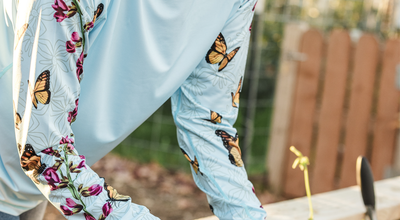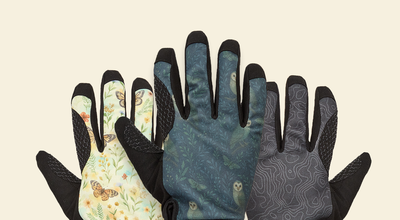What to Grow in a Winter Garden
Winter can be the most challenging season of the year for a gardener. The cool weather tells your plants it's time to slow down their growth and die back for the winter and frost arrives to take the last of the tender plants back into the soil. Most of us cover up our soils and bide our time until the warm weather comes again next year, but that’s not the only way to survive winter.

The first step to a successful winter garden is knowing what weather your region experiences. If you live in an area with mild winters (like Zones 7 - 10), you can have a lot of success growing frost-tolerant plants in your outdoor veggie garden. In colder zones, however, you will have to add some kind of frost protection to your garden (like plastic tunnels that can keep the frost off your plants).

Whether you live in a region that experiences mild winters or areas with extreme cold, the most crucial factor to consider when planning your winter garden is the type of plants you can grow. Plants are grouped into semi-hardy and hardy plants, depending on how much cold and frost they can tolerate. Semi-hardy plants can only survive light frosts and temperatures down to 29° F. This includes leafy greens like lettuce, Swiss chard, rocket, radicchio, and root veggies like carrots, beetroots, and rutabaga. Some flowers are also semi-hardy, like petunias and lobelias.

Hardy plants can survive more frost and temperatures as low as 25° F. Some can even grow when the temperature drops below 20° F. Hardy vegetable plants that can be grown under these conditions include leafy greens like kale, spinach, and collards, and other veggies such as broccoli, leeks, radishes, peas, and turnips. Very few flowers survive these low temperatures, but pansies and pinks seem to tolerate the cold.
If all else fails and the frost destroys your vegetable patch, you can always transplant some of your favorite herbs into containers. Place the containers on a sunny windowsill, and the herbs will thrive through the winter.












